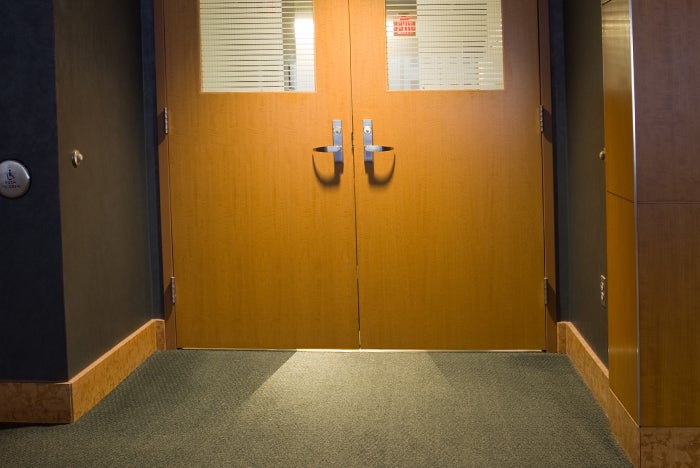How is research incorporated into codes?
The process for making changes or additions to codes is complex, and when there is research to back up a proposal, it becomes part of the process. The processes used by the Facility Guidelines Institute (FGI), the National Fire Protection Association (NFPA), the International Code Council (ICC) and the American Society of Heating, Refrigerating and Air-Conditioning Engineers (ASHRAE) to vet proposed changes are similar but not exactly the same.
FGI, which creates the Guidelines for Design and Construction publications for hospitals, outpatient facilities, and residential health, care and support facilities, has a four-year change cycle.
“We opened our proposal period a week ago [mid-November] for 2022, and we’re closing it on June 30,” explains Doug Erickson, CEO of FGI.
Proposals for changes to the FGI Guidelines come from a variety of sources, ranging from health and residential care facility personnel to clinical input to academics. If there is research to back up a proposal, it is submitted along with the proposal, Erickson says. “That way we have all the facts and figures behind the proposed change for the Health Guidelines Revision Committee (HGRC) to review,” he adds. Proposals related to ventilation are forwarded to the ASHRAE Standard 170, Ventilation of Health Care Facilities committee, as it has responsibility for making changes on ventilation systems.
FGI incorporates ASHRAE 170 into the FGI Guidelines to assist users of the document. The other proposals are reviewed by the HGRC, which votes to accept, reject or modify each proposed change. Those changes are incorporated into the draft of the next edition of the Guidelines, which is then shared with the public for comments. Those comments are reviewed and, as appropriate, incorporated into the final draft, which is subsequently voted on by the HGRC.
The ICC has a similar process, except it’s on a three-year cycle instead. “Any research to back up proposals emanates from proponents,” says Michael Pfeiffer, senior vice president of technical services for the central regional office of the ICC. He adds that all proposed code changes are supported by a reason statement and cost-impact statement, and that in many of the reason statements, the proponent of the code change includes a link to additional supporting documentation and data. “Some proposals are better supported by research than others. It’s up to the hearing process to make an assessment — is the proposal justified by the data? At the end of the day, it’s a combination of our expert committee members who review the proposals at the first hearing and, ultimately, the eligible voting members to make the final decision.”
The NFPA also incorporates research into its revision process, which varies from three to five years. “Any changes proposed have to have technical substantiation,” says Jonathan Hart, SASHE, principal engineer of NFPA. “It’s not always research, but you have to provide technical reasons. We suggest that it be actual research and data, but we acknowledge that that’s not always available. It is then up to the experts on the technical committees to evaluate the proposed change and substantiation and determine what makes it into the code.”
In contrast to the other organizations mentioned previously, ASHRAE has two ways of making changes to its codes: The standard can be scheduled on a three- to five-year revision cycle or it can be continuously updated.
“With ASHRAE 170, a proposal can be generated at any time and submitted to the committee,” Erickson says. “Once the review process is complete and the public and committee are satisfied, the change is published as an addendum to the current edition of 170.”





